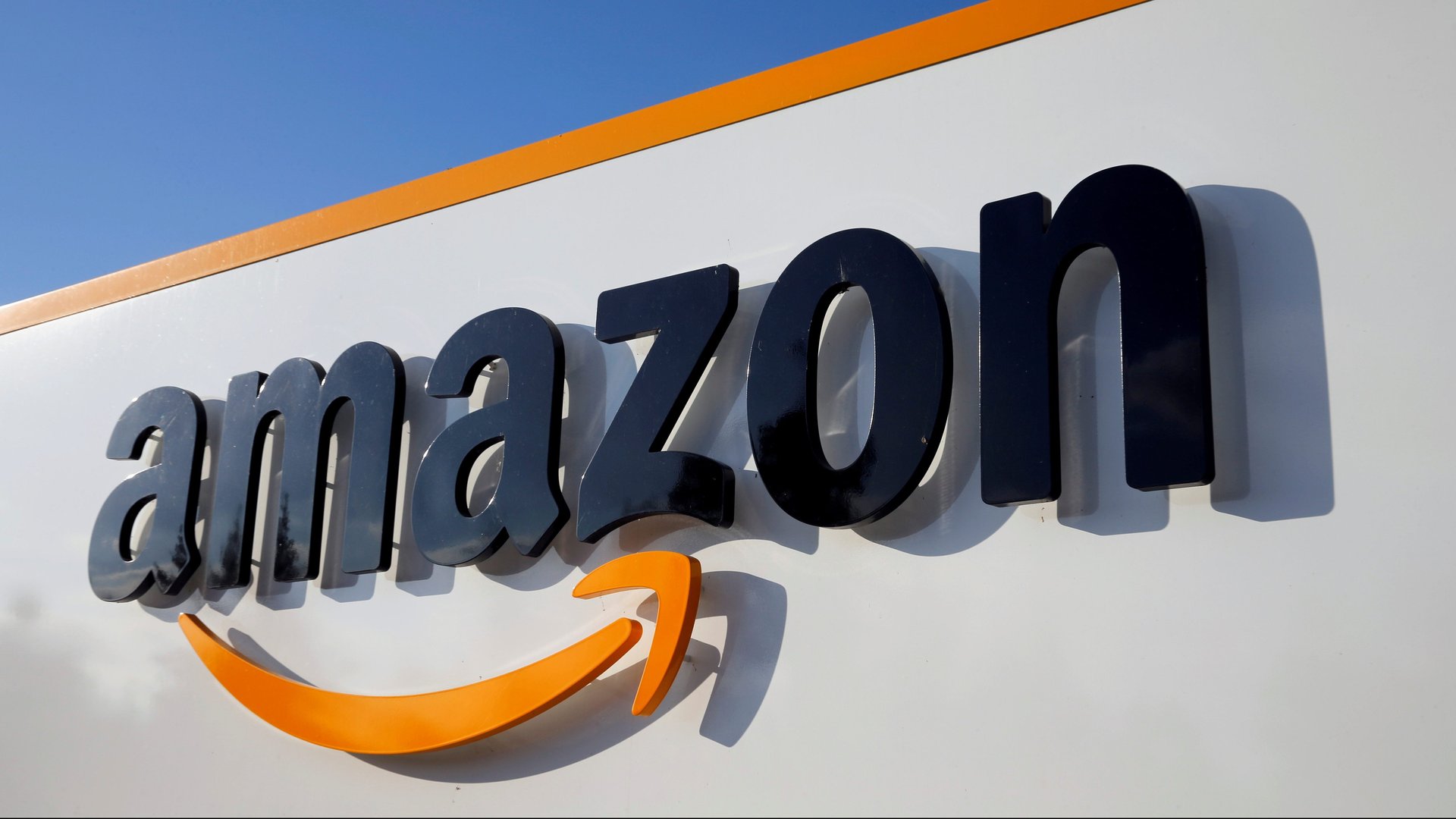Amazon is said to be preparing a luxury fashion platform
In the first half of 2020, Amazon plans to launch its own digital platform for luxury fashion, according to WWD (paywall), a fashion trade publication.


In the first half of 2020, Amazon plans to launch its own digital platform for luxury fashion, according to WWD (paywall), a fashion trade publication.
Industry sources who spoke with WWD said it will operate similar to the concession model seen in department stores and specialty retailers, where brands effectively lease space or pay a percentage of sales to run their own mini-shops within the store. On Amazon’s new platform, according to WWD, the companies will have complete control over the look of their online space, which products they sell (or don’t), and any discounts they offer. At the same time, they’ll have access to Amazon’s vast logistics network for fast delivery, as well as its customer service.
About 12 brands are said to be working with Amazon already, though no names have been announced. Each is supposed to be introduced individually on the platform, which is to launch first in the US, followed by an international roll out. WWD’s sources also said Amazon is building a warehouse in Arizona for the platform, and is working on a $100 million marketing campaign.
A spokesperson for Amazon would only tell Quartz she couldn’t comment on “rumors or speculation.”
Amazon is now likely the biggest clothing retailer in the US. But its previous efforts to break into high-end fashion, which date back at least as far as 2012, haven’t had much success. It has struggled with how to present designer and luxury brands in a way that maintains their prestige and brand image—not something easily done if they’re selling on essentially the same pages with everyday items like books, batteries, and diapers. Fashion brands in the business of selling aspiration have often chosen to keep their distance, even as Amazon has made concessions such as promising not to discount their goods.
This new reported approach, however, shares some similarities with the way Tmall, Alibaba’s brand-to-consumer site, has successfully managed to lure luxury brands to its platform. In 2017, Tmall introduced Luxury Pavilion, a platform for luxury brands on its site that sits apart from the main consumer portal and has an entirely different look and feel intended to let brands preserve their identities and exclusivity, while still leveraging Tmall’s logistics network.
Of course high-end labels have steadily gravitated toward Tmall because it gives them access to China’s growing market of luxury buyers without the costs and challenges of building out local e-commerce operations. In the US, high-end brands generally have their own digital channels running already. Though only about 10% of luxury sales globally (pdf) currently take place online, luxury e-commerce is a major source of growth for brands, including in the US.
But Amazon does offer attractive benefits. Its Prime membership program boasts more than 100 million subscribers, with much of that base skewed toward upper-income households. Prime members also tend to spend much more on Amazon than non-Prime shoppers, and research from Morgan Stanley has found they’re more likely to “frequently” purchase clothing on Amazon.
A successful entry into luxury would mark a shift for Amazon, where fashion still mostly means basic items such as t-shirts and sweatpants. A new analysis of Amazon’s fashion offering by research providers Coresight Research and Dataweave found inexpensive, non-branded apparel dominates the clothing for sale on the site and continues to grow substantially. Still, Amazon has never been one to give up, and has made clear that high-end fashion is a category where it has long-term designs.